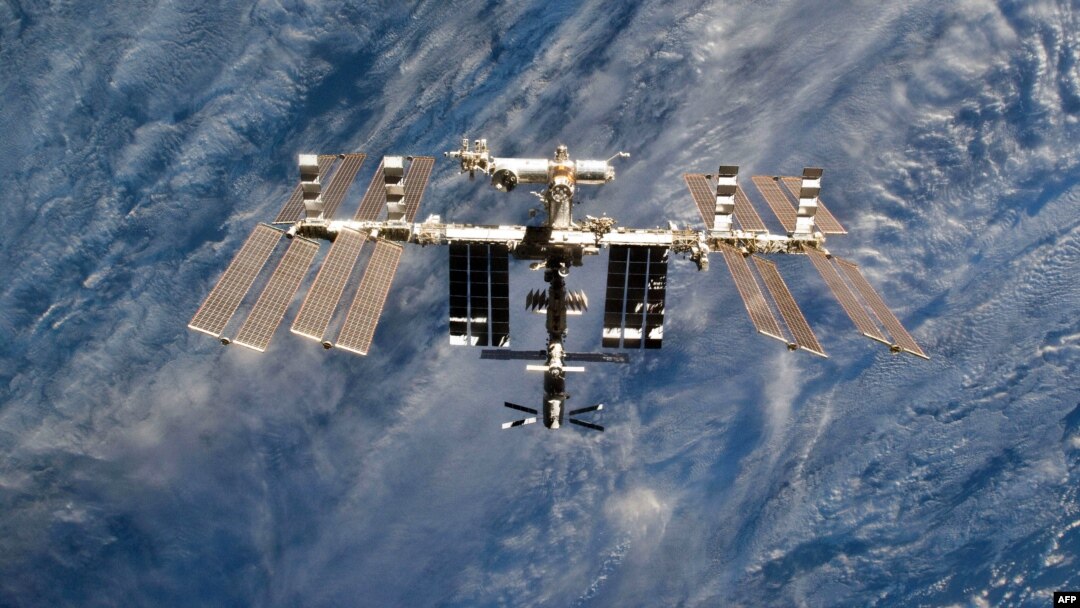The International Space Station marked its 15th year carrying astronauts around the Earth on November 2, a new milestone for the orbiting lab that some say deserves a Nobel Peace Prize.
With operations expected to last another decade, the world's space agencies are now looking to the outpost to help pave the way for space pioneers to withstand the rigors of venturing to Mars and places farther out in the solar system.
"We do a lot of experiments up here, but I think the most important experiment is the space station as an orbiting vehicle that keeps humans alive in space for long periods of time," NASA astronaut Scott Kelly said during a live press conference.
Along with Russian cosmonaut Mikhail Kornienko, Kelly is spending one year at the station so scientists can study the effects of long-term spaceflight on the body and mind.
Since the first permanent crew moved in on November 2, 2000, 220 astronauts have come and gone, representing 17 countries.
The United States is in the lead because of all the space shuttle flights that were needed to deliver station pieces; Russia is in second place; with Canada and Japan tied for third.
At least one American and one Russian have been on board at all times through the Cold War thaw and today's semi-freeze in U.S.-Russian relations. That record gives rise to suggestions that the station be nominated for a Nobel prize.
"The international partnership that built and maintains the station is a shining example...of what humanity can accomplish when we work together in peace," said John Holdren, director of the White House Office of Science and Technology Policy.
In the past, NASA administrator Charles Bolden has said the project is worthy of the Nobel Peace Prize.
Asked about that on November 2, Russian cosmonaut Oleg Kononenko said Bolden is "100 percent right."
"People on the ground sometimes fail to hear each other, to see each other. Here in space, this is impossible," Kononenko said through a translator.
"Everyone is important here and the success of the program -- and sometimes even life -- depends on what each and every one of us does."
With Mars as the next goal, astronauts on the station are experimenting with how to nourish themselves, stay mentally healthy, and withstand exposure to harmful radiation over long periods.
"The space station really is a bridge," said U.S. astronaut Kjell Lindgren. "It is a test bed for the technologies we need to develop and understand in order to have a successful trip to Mars."
Starting out with only three modules, additional large sections were added over time at a cost of $100 billion, and today the football-stadium-sized outfit provides as much living space as a six-bedroom house.
Traveling at an altitude of about 400 kilometers and a speed of about 28,000 kilometers per hour, the space station circles the Earth once every 90 minutes.
Typically, six crew members at a time eat, sleep, and float around in the microgravity environment, working 35 hours per week on a host of science projects for a mission duration of about six months.


